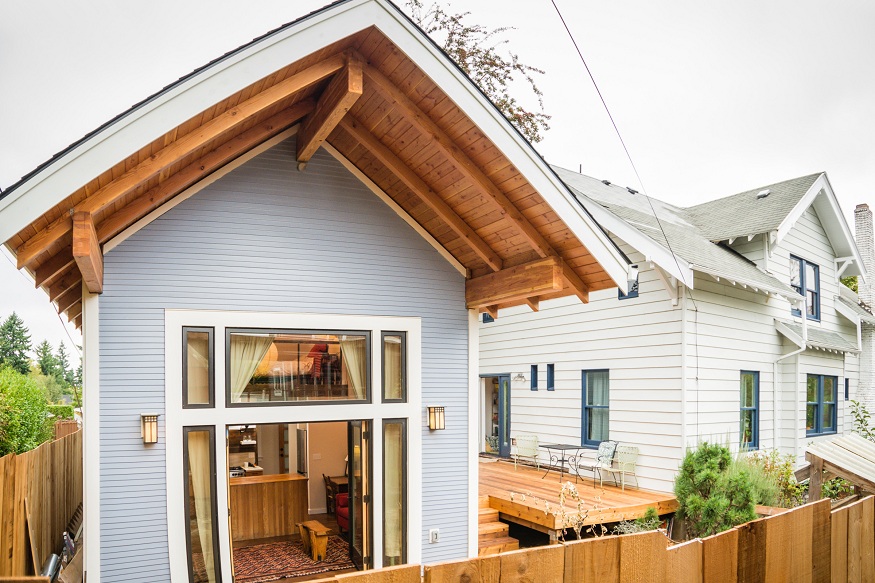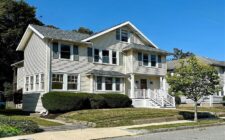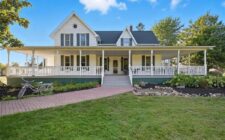A secondary housing unit called an Accessory Dwelling Unit (ADU) sits on the same site as a main house. Known as granny flats or in-law units, ADUs have grown more and more common in recent years because of their many advantages. ADUs can come in many shapes and sizes, including independent buildings, extensions to current houses, or transformations of current spaces like basements or garages.
The comprehensive roadmap to maximizing your property’s potential includes exploring the development of adu homes to generate additional income and increase property value.
Advantages of Building an ADU
Constructing an ADU provides homeowners with several advantages. The possibility of more rental revenue is one of the main benefits. Renting out the ADU allows homeowners to have a consistent income flow and helps to cover other costs like mortgage payments. ADUs can offer a flexible housing choice for visitors or extended family members, providing solitude and independence while yet living near the main house. Furthermore, ADUs can greatly raise the worth of a house, therefore a sensible long-term investment.
Building an ADU
The construction phase starts once the design is set; it includes getting required permits, engaging contractors, and supervising the building process. To guarantee high-quality work and prompt project completion, it is best to choose trustworthy contractors with an established track record in ADU construction.
Maximizing ADU Space
Using storage options and multipurpose furniture that may fulfill several functions is one good strategy. A Murphy bed or sofa bed, for instance, can offer a pleasant sitting area during the day and a sleeping space at night. Including built-in shelves, closets, and cabinets also helps to increase storage by keeping the unit tidy and organized. Moreover, using vertical space by putting loft spaces or high ceilings can give more storage or living space and generate a sense of roominess.
Ideas for a Functional and Efficient ADU
Creating a comfortable living space depends on designing an ADU with efficiency and utility in mind. The adoption of energy-efficient appliances and fixtures, which can assist lower utility bills and lessen the environmental effect, is one important factor to think about. Including sustainable materials and using natural ventilation and lighting help to create a more environmentally friendly living area as well. Thoughtful architecture and circulation help to efficiently use space, which is also quite significant.
ADU Building Permits and Rules
It is essential to know the local building rules and permission criteria before starting an ADU building project. ADU rules could differ greatly between jurisdictions, hence it’s important to speak with local authorities or engage experts familiar with ADU building. Among the most prevalent rules are ones governing utility connections, parking policies, setback requirements, and ADU size and height limits. Understanding and following these rules can help homeowners prevent expensive delays and guarantee a seamless building process.
ADU Design Build Firms
Engaging a design-build firm could help homeowners wanting a simplified approach to ADU design and building. Working with a design-build firm allows homeowners to enjoy a cooperative and efficient approach since a single team coordinates and oversees all facets of the project. Design-build firms may offer customized solutions that fit the particular needs of every homeowner as they are usually quite experienced in ADU building.
Final Thoughts
Building an ADU may be a very fulfilling project for homeowners since it offers more living space, rental revenue, and higher property value. Successful ADU design and construction need meticulous planning, legal compliance, and professional knowledge.
Homeowners can build efficient and practical ADUs that make the most of space and value by following the professional advice in this guide. An ADU can provide a multitude of advantages for homeowners and occupiers alike whether it is a detached building, an addition to an existing house, or a conversion of an underused area.




